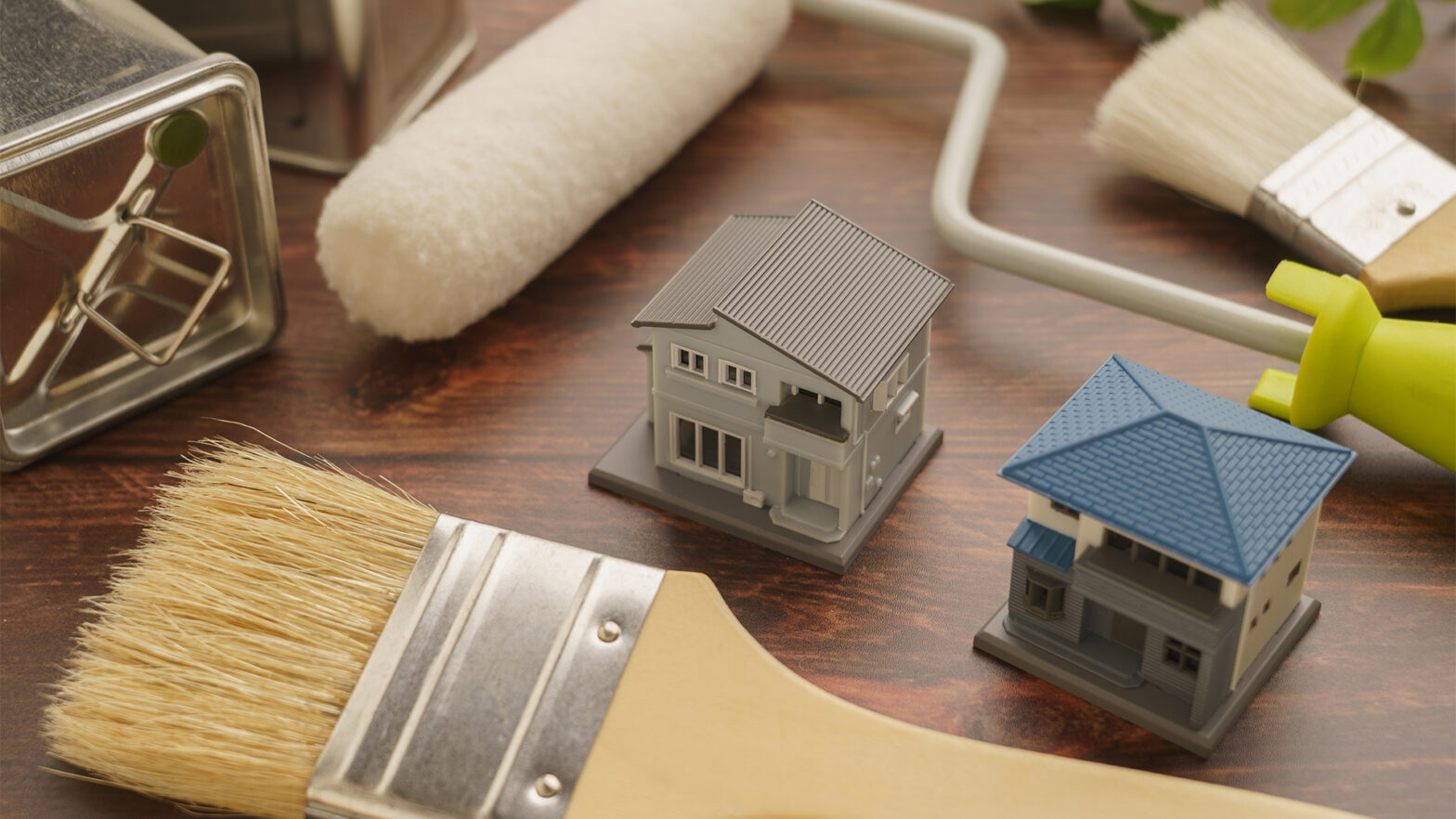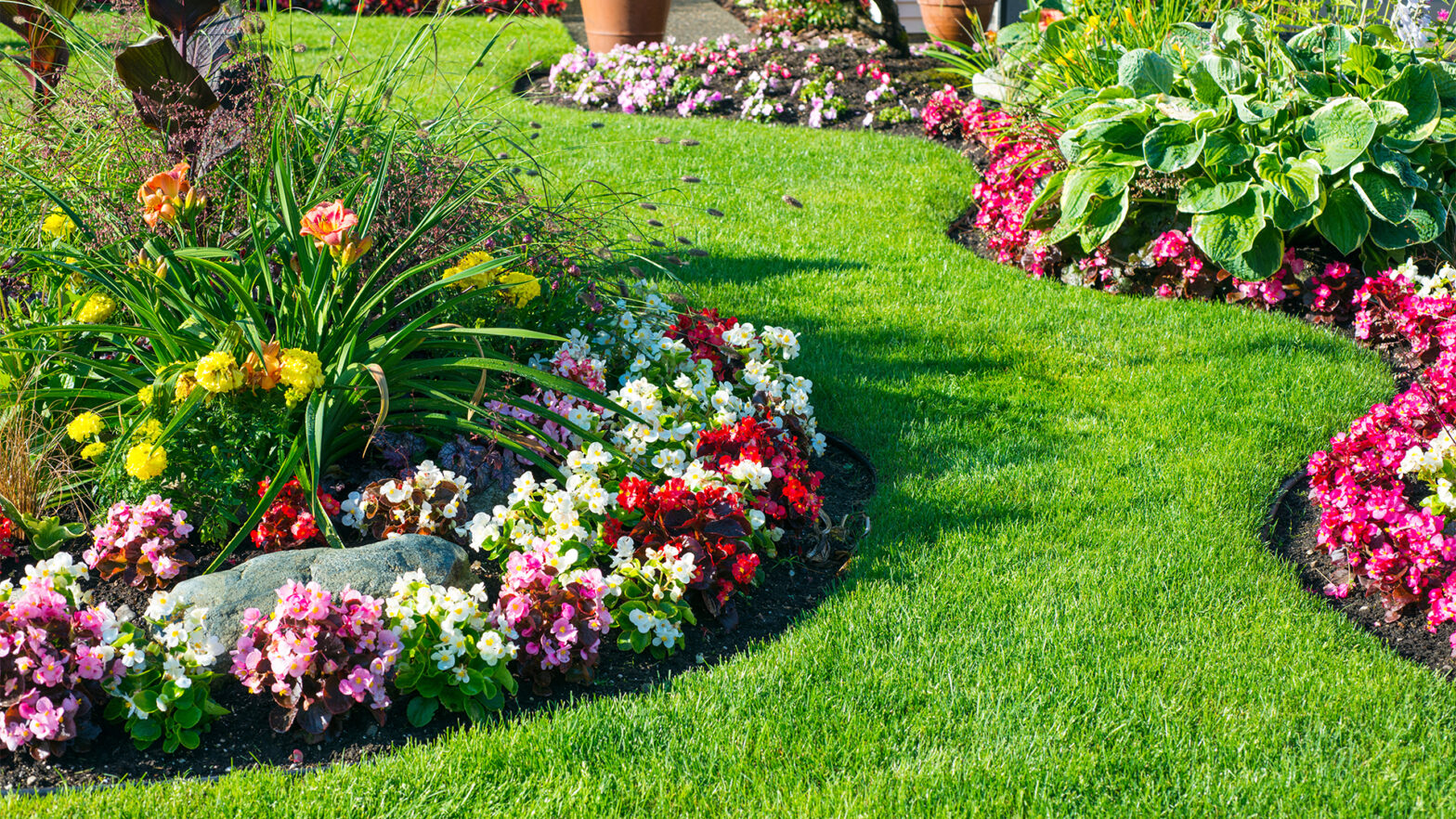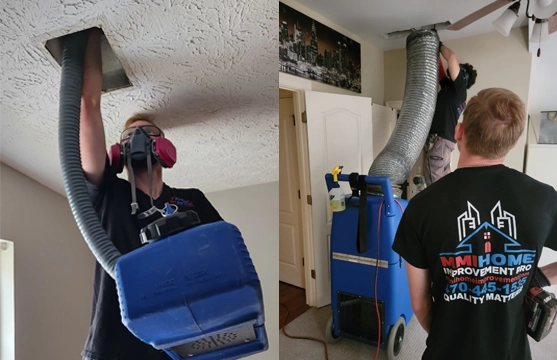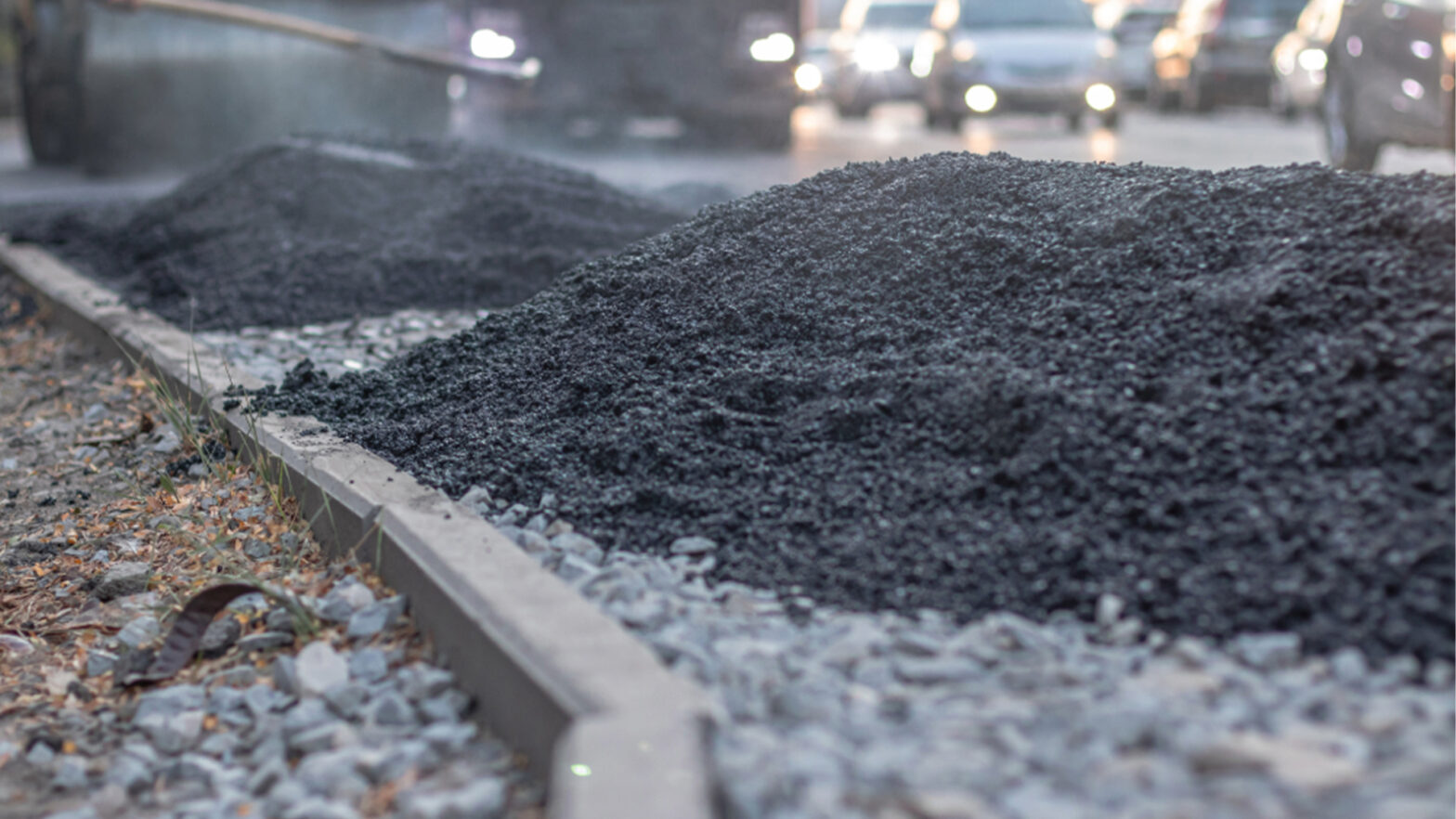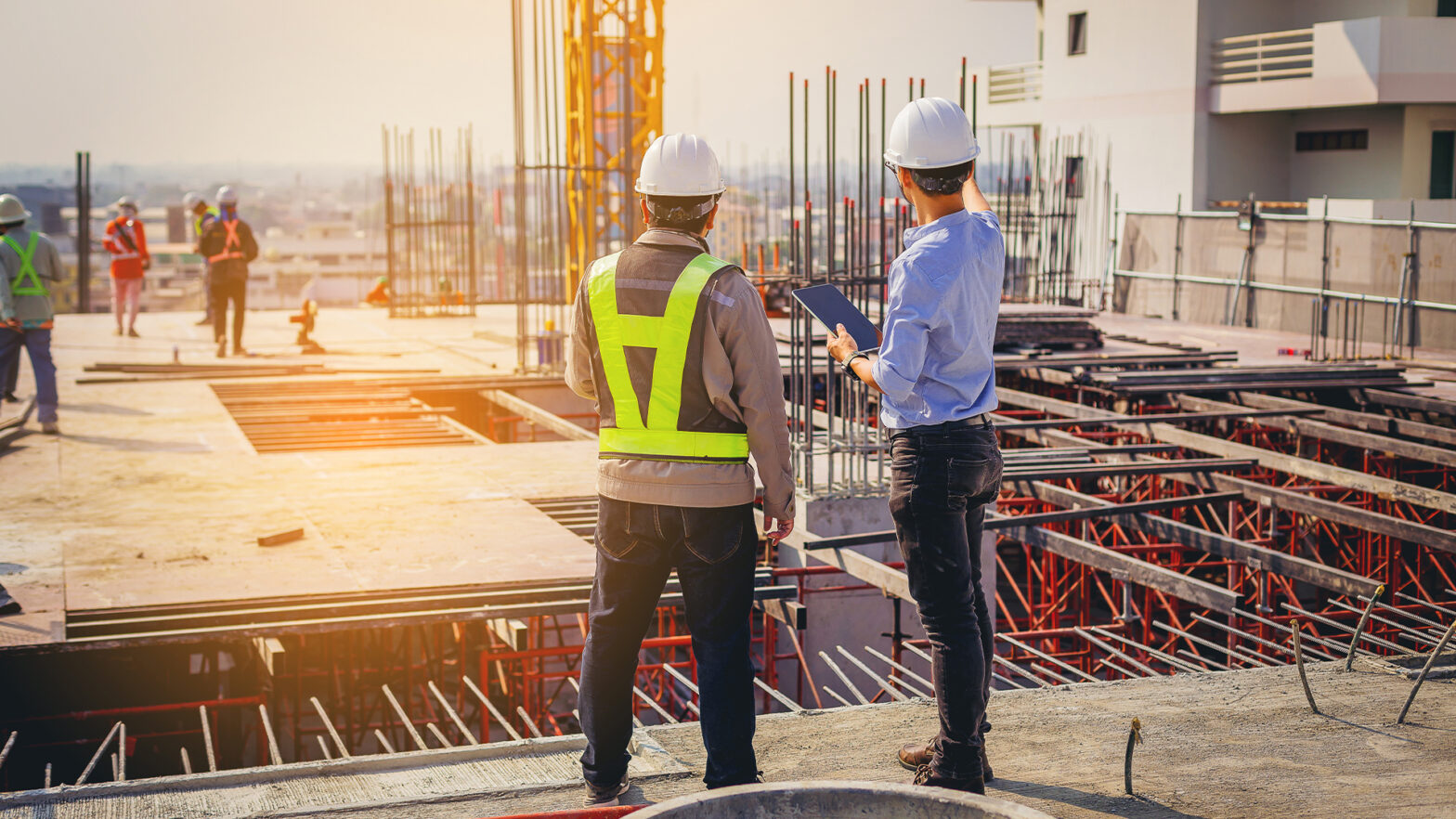
Construction sites can be extremely hazardous places to work, with heavy machinery and potential danger everywhere you look. Due to these inherent risks, construction firms must follow strict rules and regulations to protect workers and ensure their safety when operating on-site.
According to the UK’s Health and Safety Executive, 138 workers have been killed in work-related injuries in 2023/24, with construction (51) accounting for the highest number of fatalities ahead of agriculture (23) and manufacturing (16). Not only does accident prevention protect workers’ lives, but it also saves employers valuable time and money.
To help firms make construction sites safer and reduce the risk of injuries, GRP grating specialists GripClad are highlighting the top 10 essential safety measures everyone should follow. From wearing the right PPE to installing anti-slip solutions, here’s how you can prevent accidents and improve on-site safety.
1. Wear the Right Personal Protective Equipment (PPE)
PPE plays a crucial role in the safety of construction workers. Employers are legally obliged to ensure workers wear the correct PPE when present on-site to reduce the risk of injuries and accidents.
Hard hats, high-visibility clothing, safety boots, eye and ear protection, gloves, and breathing protection are examples of common and effective PPE equipment in construction. After all, PPE is often a worker’s last line of defence when tackling a hazardous task.
2. Provide Essential Training
Every construction worker should receive health and safety training when they start their job or a new project. Construction sites often have their own unique hazards and challenges, and it is a legal requirement for employers to provide adequate training for everyone on-site.
New employees should always receive a comprehensive induction with details of job requirements and what they should avoid so they can work safely. This process will ensure they’re aware of all potential hazards and how to protect themselves and their fellow workers from accidents and injury.
3. Conduct a Thorough Site Risk Assessment
Workers should be provided with a thorough risk assessment for all on-site activities they are required to perform. This will highlight any hazards and dangers present and how best to avoid them to remain safe.
Similarly, holding regular safety meetings to update workers about the latest site procedures will help identify risks and reduce the probability of accidents. For example, this could involve isolating certain workers from hazardous areas where high-voltage electricity or toxic fumes are present.
4. Introduce Robust Anti-Slip Measures
Falls from a height remain the most common type of fatal accident in the workplace. They were responsible for the deaths of 50 adult workers in the UK in 2023/24 alone, double the number of fatalities caused by being struck by a moving vehicle.
Employers can greatly reduce the chance of injuries from slips, trips or falls from a height by implementing robust safety measures such as GRP anti-slip grating and sheeting, harnesses, and guardrails in high-risk areas and locations.
5. Keep the Construction Site Clean and Tidy
A messy construction site increases the possibility of accidents and injuries. When idle equipment and debris are left laying around, it is easy for workers to suffer a nasty trip or fall.
Therefore, it is essential that all equipment is put away and stored safely when not in use. Similarly, loose materials, waste products, loose nails, dust, and water should be cleared up on a regular basis and at the end of the day to keep the site clean and tidy and make it a safe place to work.
6. Display Prominent Health and Safety Signs
Safety signs should be displayed in various locations across a construction site where there is an inherent risk of danger. These signs can be divided into five categories – prohibition signs, warning signs, mandatory signs, safe conditions signs, and fire safety signs – and must conform to The Health and Safety (Safety Signs and Signals) Regulations.
Health and safety signs come in bright, noticeable colours like blue and yellow. They deliver a strong message and raise health and safety awareness for employees and visitors. From no-entry signs to signs telling you to wear hi-viz clothing, these signs provide vital information about the dangers that exist on-site and how to avoid them.
7. Avoid Working in Unsafe Areas
Construction workers should always be made aware of the dangers around them and of any hazards likely to cause injury or even death. They should only operate in areas they know are safe and have the necessary safety measures in place.
For example, working below a loaded crane or in an unsupported trench are major safety risks that should be avoided. Similarly, do not work from heights where guard rails, safety ladders, and other fall prevention solutions aren’t present, or where full risk assessment protocols haven’t been followed.
8. Always Use the Correct Equipment
Construction workers should always use the right tools and equipment when performing tasks. Not only does this ensure the work is done quicker and more efficiently, but most importantly it is safer and will prevent accidents occurring.
In the case of wet weather or when working in a wet trade such as concreting or plastering, only 110v equipment should be used. 240v equipment is generally forbidden due to the higher safety risks unless authorisation has been provided by site managers, and if no 110v alternative is available. If in doubt, always ask a supervisor and make the necessary checks as mistakes on construction sites have the potential to cost lives.
9. Do Not Tamper with Machinery or Tools
You should never tamper with machinery, tools, or any construction equipment that becomes faulty or stops working. The best thing to do is report the problem rather than manipulate or force something to work, especially if you haven’t received proper maintenance training.
For instance, workers should never remove machine guards, scaffold ties, and other protective measures as this could cause injury to yourself or a colleague, and you’re likely to get the blame when something goes wrong. Ensuring all machinery, tools, and equipment are regularly inspected, serviced, and maintained will also extend its operational life and help avoid workplace accidents.
10. Report Site Problems Immediately
Construction workers should always report a problem or any health and safety concern to their site manager immediately. If there’s been a near miss or equipment appears faulty, simply tell your supervisor and full in an incident report to prevent others from coming to harm.
Every construction site should have a clear process for reporting incidents in place. Senior management can only address work-related concerns if they are made aware of the problem in the first place. Reporting site problems as soon as they arise will also lead to a quicker resolution and avoid potential accidents.
With danger lurking everywhere, it is vital for employers to follow these helpful safety tips to reduce the risk of injury and accidents. From displaying clear health and safety signs to installing anti-slip solutions, there are many actions construction firms should take to improve health and safety in the workplace.



























